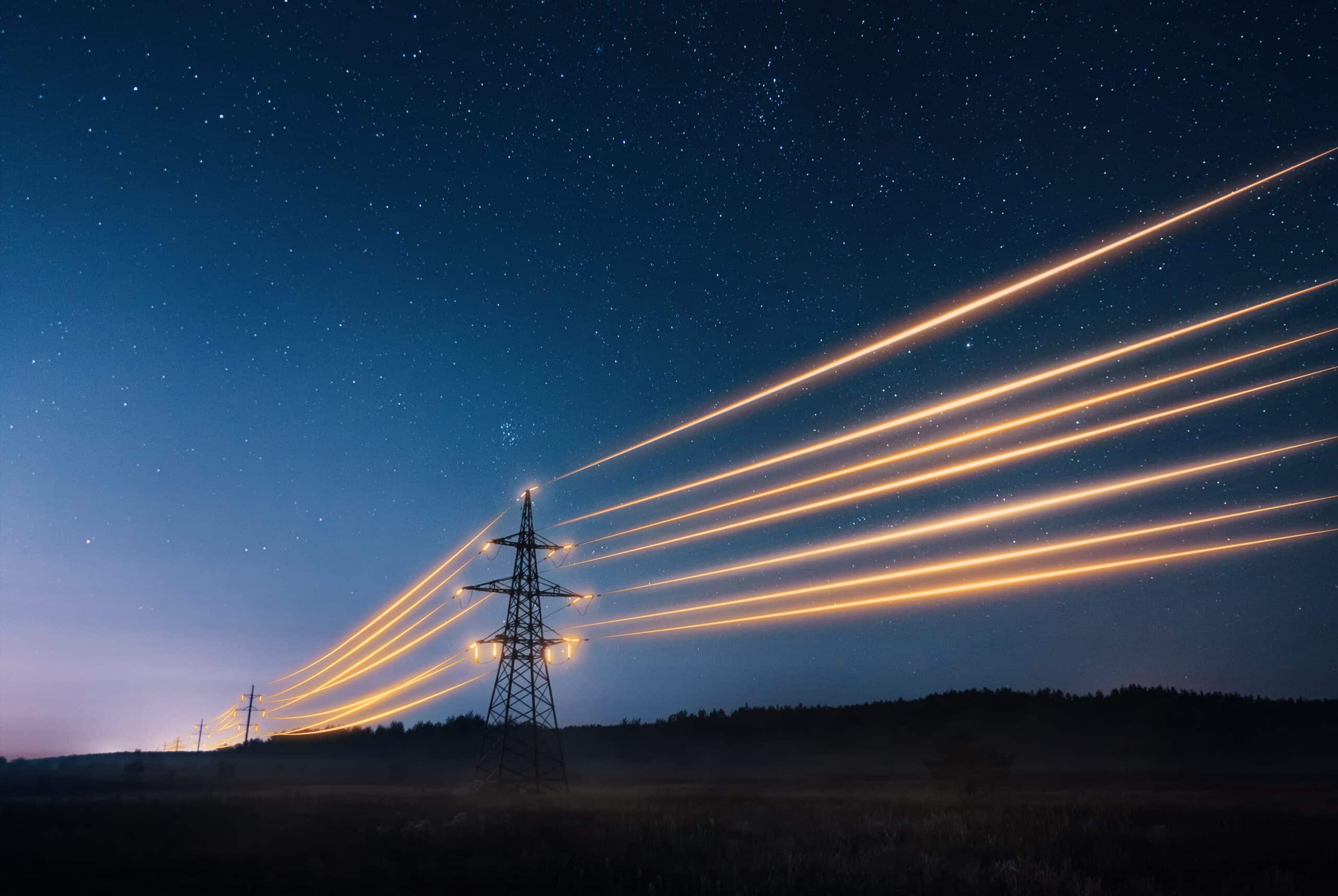South Africa is no stranger to rolling blackouts, also known as load shedding. The country has been experiencing regular power cuts since 2008, and the situation has only worsened over the years. Eskom has been struggling to meet the growing electricity demand due to aging infrastructure, sabotage and lack of investment in new power plants.
However, South Africa is not the only country that has faced power cuts. Many other countries have experienced similar situations and have valuable lessons to offer.
India: India faced a massive power outage in 2012, which affected over 600 million people. The outage was caused by a grid failure, which exposed the country’s over-dependence on a centralised power system. India learned from this experience and has since invested heavily in renewable energy sources such as solar and wind power. The country has also decentralised its power system, allowing local communities to generate their own electricity.
Brazil: Brazil experienced a severe drought in 2001, which led to a shortage of hydroelectric power, the country’s primary source of energy. The government responded by implementing a system of energy rationing, which included power cuts. However, the government also encouraged energy conservation and invested in new power plants, including those that use renewable energy sources. The country has since become a leader in biofuels and has increased its use of wind and solar power.
Japan: Japan faced a power crisis in 2011, following the Fukushima nuclear disaster. The country shut down all its nuclear reactors, which provided about 30% of its electricity. The government responded by implementing a system of power-saving measures, including mandatory power cuts for large users. The country also invested heavily in renewable energy sources such as solar and wind power.
At the moment Eskom has to do everything: generate electricity, transmit it on large power lines to the cities and then distribute it to individual consumers. It is a “vertical monopoly”.
The greater and long-term solution to load shedding is increasing generation capacity and grid access. Officials are making strides to mitigate that, but businesses can become independent from the network by installing renewable energy and water systems to gain independence. We have a range of solutions to help you continue operations, without any major disruptions.
MEB’s innovative business model is underpinned by a portfolio of premium infrastructure solutions that provide different ways to address power cuts, depending on the specific challenges faced. And, to move away from the current issues faced by many communities, there are indeed some things that need to change.
- Diversification of energy sources: Relying too heavily on one source of energy, whether it is coal, hydroelectric power, or nuclear power is a recipe for failure. Renewable energy sources such as solar, wind, and biofuels can provide a more sustainable and decentralised energy system to relieve the load on the grid.
- Energy Efficiency: Reducing energy demand through conservation measures can help to avoid power cuts. This can include measures such as energy-efficient water and lighting systems, as well as behavioural changes.
- Investment in infrastructure: South Africa needs to invest in new power plants and upgrade existing infrastructure to keep up with growing demand. This includes not only traditional power plants but also new technologies such as battery storage and smart grids.
We can learn from the experiences of other countries that have faced power cuts. By diversifying our energy sources, encouraging energy conservation, and investing in new infrastructure: and we believe that we can move you towards a more sustainable future. Blending engineering, business, and ICT solutions to provide electricity utilities and power pools with solutions for a rapidly changing environment is the cornerstone of our endeavors and as such, the best thing for you to do right now, would be to just make contact with our team of experts.

